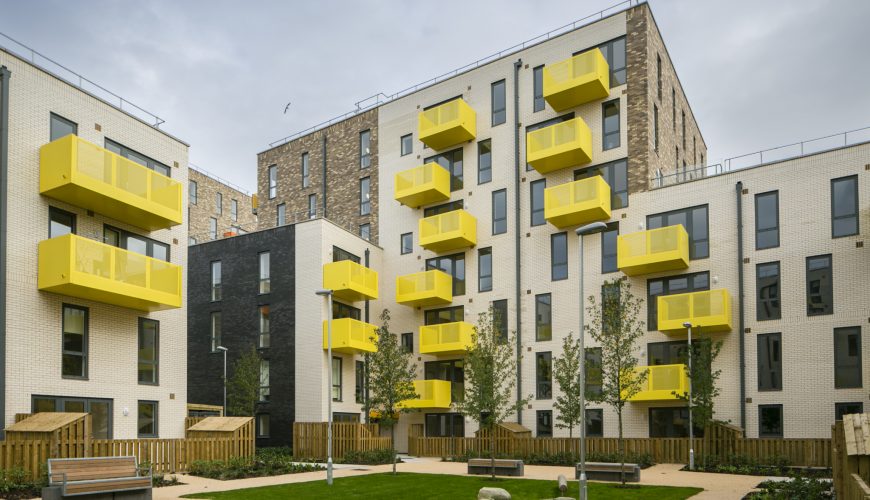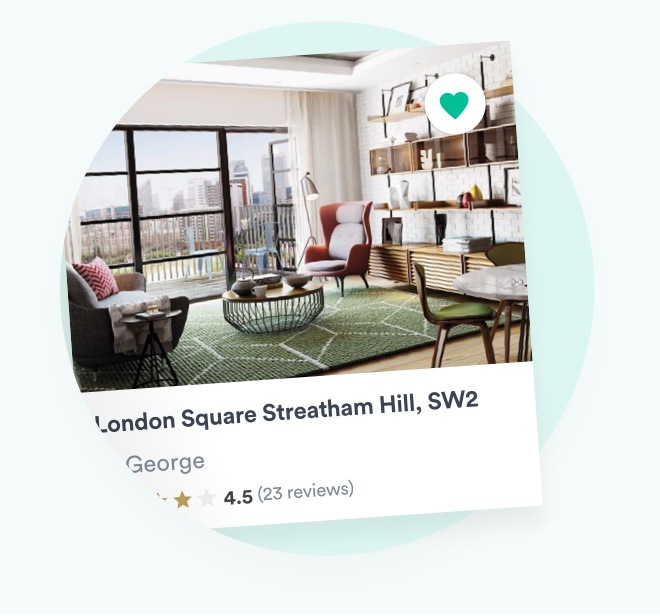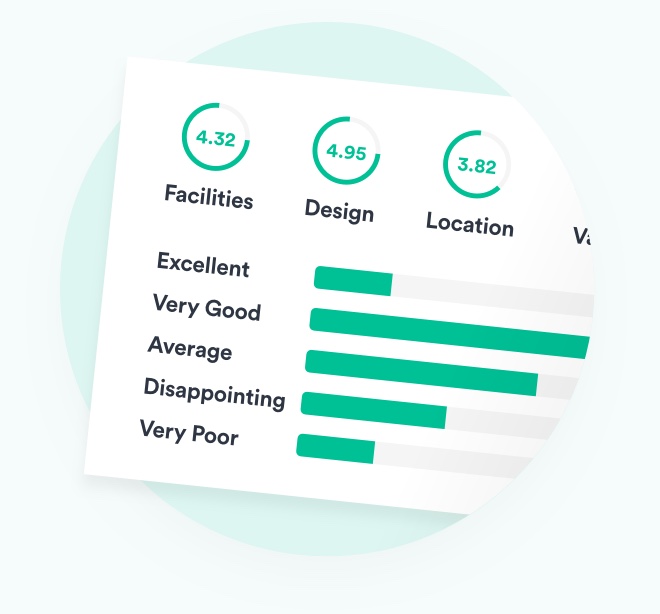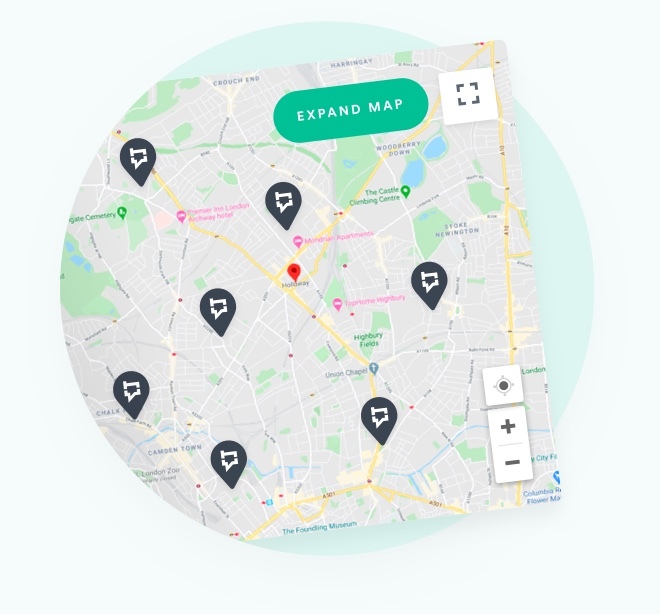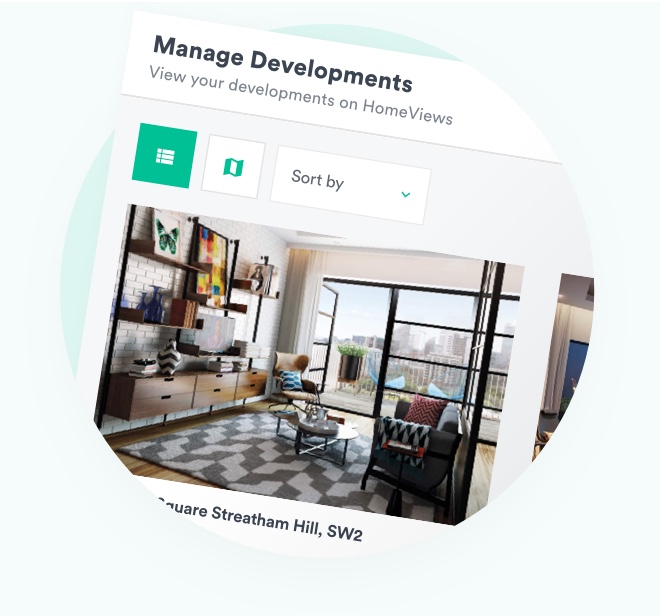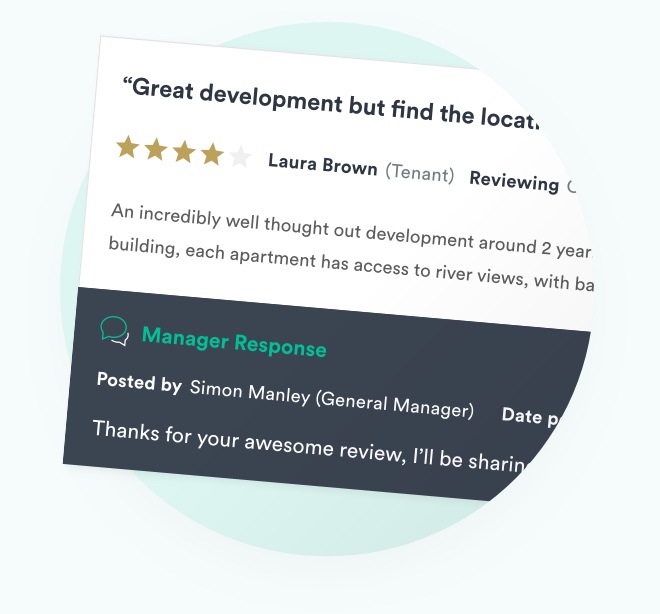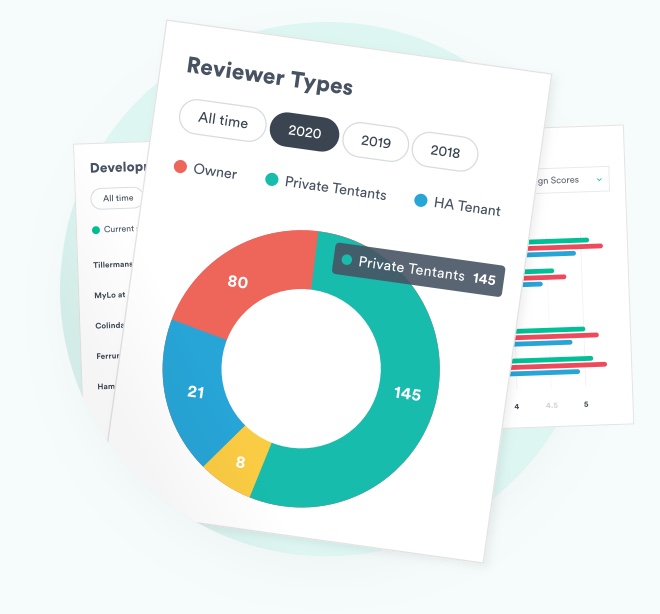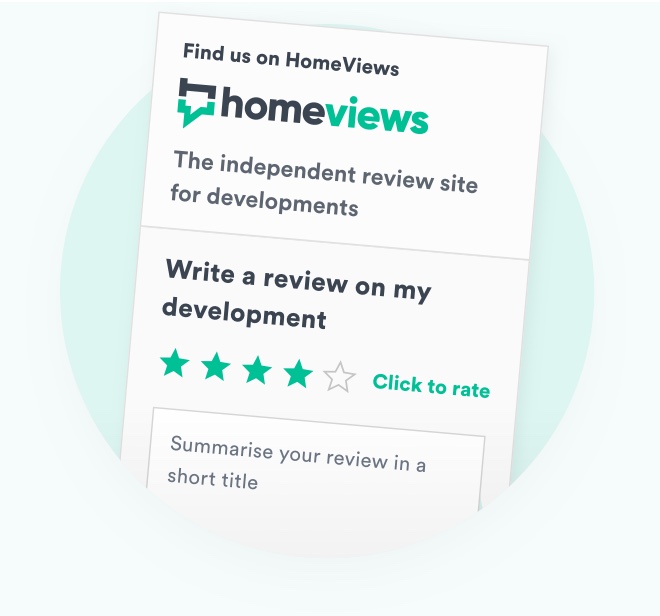Do you have your dream home lined up but can’t complete your own house sale quickly enough? If time is tight, a bridging loan might be your best bet. But what is a bridge loan? How exactly does it work? In this dedicated guide we will take you through the mechanics of this type of financing.
FAQs
What is a bridge loan?
A bridge loan, or bridging loan, is a short-term loan designed to help buyers secure the property they want. The most common scenario where people take out bridge loans is when they want to buy a new home but they haven’t yet completed the sale on their current property.
This kind of loan ‘bridges the gap’ between selling the old property and buying the new one.
How does a bridge loan work?
Bridge loans are given to buyers on either a ‘closed’ or ‘open’ basis. Closed bridging loans have a set repayment date, which tends to be only a few months after they are taken out. This is usually reserved for buyers who are close to completing the sale of their current property.
Open bridging loans don’t have a set date for repayment. However, there is a set maximum borrowing period, usually the whole loan will need to be repaid within a year.
How much can you borrow with a bridging loan?
With a bridging loan, you can borrow as much as the lender is willing to offer. This is generally no more than 75% of the value of the property, though some lenders will offer 100%.
How much does an average bridging loan cost in the UK?
In the UK, an average bridging loan will cost you anywhere between 0.5% to 1.5% in interest charges per month. Interest is paid monthly rather than annually because bridging loans are generally used as short-term financial arrangements.
This means that even if you repay a bridging loan quickly, it is still a relatively expensive borrowing option. If you convert the monthly interest into an APR (Annual Percentage Rate), it’s between 6.1% and 19.6%, far higher than your average mortgage and many other loan products.

What’s a common bridging loan example?
A common bridging loan example might involve a buyer looking for a new house worth £400,000. They’ve concluded the sale negotiations on their current home, but the money won’t be available for another two months. They don’t want to lose the new house they have their eye on, so they opt for a bridging loan.
After shopping around, they find a lender willing to give them a closed bridging loan of £300,000 at 1% interest. They use this to secure the new property, before repaying the loan two months later after completing the sale of their old home. This costs them £6,000 in interest, (Two instalments of £3,000 – i.e.: 1% of £300,000)
How do I qualify for a bridge loan?
Qualifying for a bridge loan requires two main things: proof of income and collateral. The lender will want solid proof that you can repay the loan within a short timeframe. Proof of income, whether you’re employed, self-employed or retired, shows that you have a viable financial situation.
Having collateral is often more important though. If you have one or several properties to secure against the loan, the lender will feel much more confident that they can cover their investment they have made with you.
Each lender will have their own additional criteria for eligibility. Generally, borrowers must be over 18, have a registered address in the UK, and have definite plans for repayment (e.g.: selling your current home).
Read more
How much deposit do I need for a bridging loan?
Since most bridging loan lenders have a set cap of 75% LTV (loan-to-value), you will still need to provide at least a 25% deposit if you’re going to use bridging financing to secure your new property.
However, some providers do offer 100% LTV, but almost always with higher interest charges attached. They will also likely ask for added security against the loan, such as agreeing multiple properties as collateral.
What are the pros and cons of a bridge loan?
The main pro of a bridge loan is that it’s a way to quickly finance a property purchase if the seller can’t/won’t wait. The biggest drawback is it’s expensive, and if your own property sale falls through, you run the risk of repossession.
What makes bridge loans risky?
Bridge loans can represent a risk if you fail to sell your property before you need to begin repaying the loan. This could result in costly monthly repayments on top of mortgage payments, which you might be paying for your new property and potentially your old property as well.
Is a bridging loan a good idea?
A bridging loan can be an excellent way to make sure you don’t lose a purchasing opportunity due to timing. It lets you secure the property you want, when you want it, without having to wait.
However, before agreeing to a bridging loan, make sure you are entirely confident that you’ll be able to repay it. If you’re not sure you can rely on the sale of your current property, or other avenues of repayment, then the risks involved are probably not worth the reward.
If you need an alternative to a bridging loan, the HomeOwners Alliance have a variety of suggestions.
Bridging loans are also a great way to finance purchases of property bought via auction. We have a dedicated FAQ guide to property auctions as well as a full explanation of LTV.
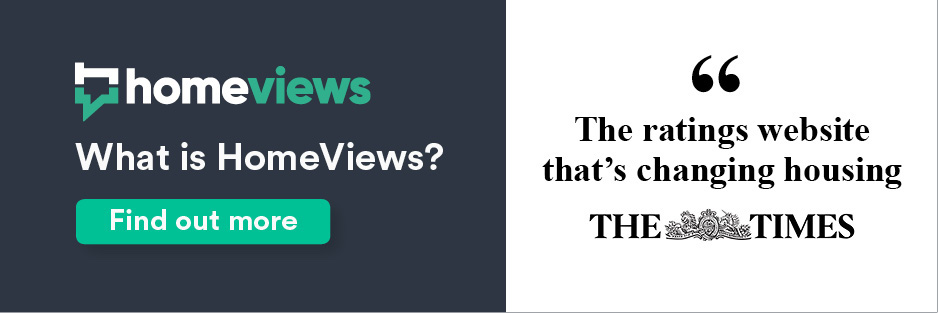
HomeViews provides verified resident reviews of the UK’s housing developments. We’re working with developers, landlords and the Government to recognise high performers and help to improve standards in the built environment.







